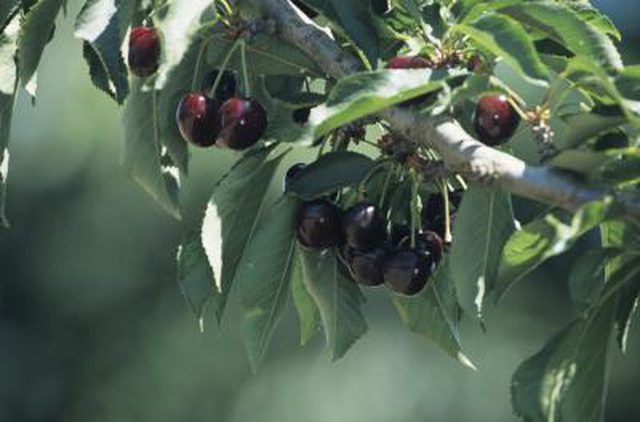Bulbs
Flower Basics
Flower Beds & Specialty Gardens
Flower Garden
Garden Furniture
Garden Gnomes
Garden Seeds
Garden Sheds
Garden Statues
Garden Tools & Supplies
Gardening Basics
Green & Organic
Groundcovers & Vines
Growing Annuals
Growing Basil
Growing Beans
Growing Berries
Growing Blueberries
Growing Cactus
Growing Corn
Growing Cotton
Growing Edibles
Growing Flowers
Growing Garlic
Growing Grapes
Growing Grass
Growing Herbs
Growing Jasmine
Growing Mint
Growing Mushrooms
Orchids
Growing Peanuts
Growing Perennials
Growing Plants
Growing Rosemary
Growing Roses
Growing Strawberries
Growing Sunflowers
Growing Thyme
Growing Tomatoes
Growing Tulips
Growing Vegetables
Herb Basics
Herb Garden
Indoor Growing
Landscaping Basics
Landscaping Patios
Landscaping Plants
Landscaping Shrubs
Landscaping Trees
Landscaping Walks & Pathways
Lawn Basics
Lawn Maintenance
Lawn Mowers
Lawn Ornaments
Lawn Planting
Lawn Tools
Outdoor Growing
Overall Landscape Planning
Pests, Weeds & Problems
Plant Basics
Rock Garden
Rose Garden
Shrubs
Soil
Specialty Gardens
Trees
Vegetable Garden
Yard Maintenance
How to Cure Black Knot Fungus on Fruit Trees
How to Cure Black Knot Fungus on Fruit Trees. Black knot fungus attacks fruit trees like wild plum and cherry trees. Symptoms of the disease are often thick, black swellings on the undersides of twigs and branches. However, a fruit tree may be infected a year before the characteristic knots appear. The winter after the second season of the...

Black knot fungus attacks fruit trees like wild plum and cherry trees. Symptoms of the disease are often thick, black swellings on the undersides of twigs and branches. However, a fruit tree may be infected a year before the characteristic knots appear. The winter after the second season of the infection usually clearly marks an infected tree. To treat a fruit tree with black knot fungus, a few approaches and remedies exist to combat the fungus and save the tree.
Things You'll Need
Pruning shears
Fungal parasite Trichothecium roseum (optional)
Fungicide (optional)
Prune all shoots and branches with knots. Remove the knots (the sources of inoculum or virus cells) in winter, before any buds appear and ascospore (fungus spores) discharge. Cut each infected branch or twig at least 6 to 8 inches below the knot. Check for, and also get rid of, knots and sources of inoculum in nearby wild plum and cherry trees.
Safely dispose of infected knot-branches. Place in trash in a sealed plastic bag. Even after knot removal, black fungus knots can continue producing fungal spores that harm other nearby plants.
Spray fungal parasite. Apply Trichothecium roseum, a biological control agent, to the section of branch or shoot showing symptoms of black knot. Symptoms include thick, black, oddly shaped swellings on fruit tree twigs.
Try a fungicide. Using fungicide products is dangerous and prohibited in orchards in many U.S. states. A multipurpose fruit tree spray, Bonide, protects fruit trees from fungus and diseases. Use cautiously by following the package instructions.